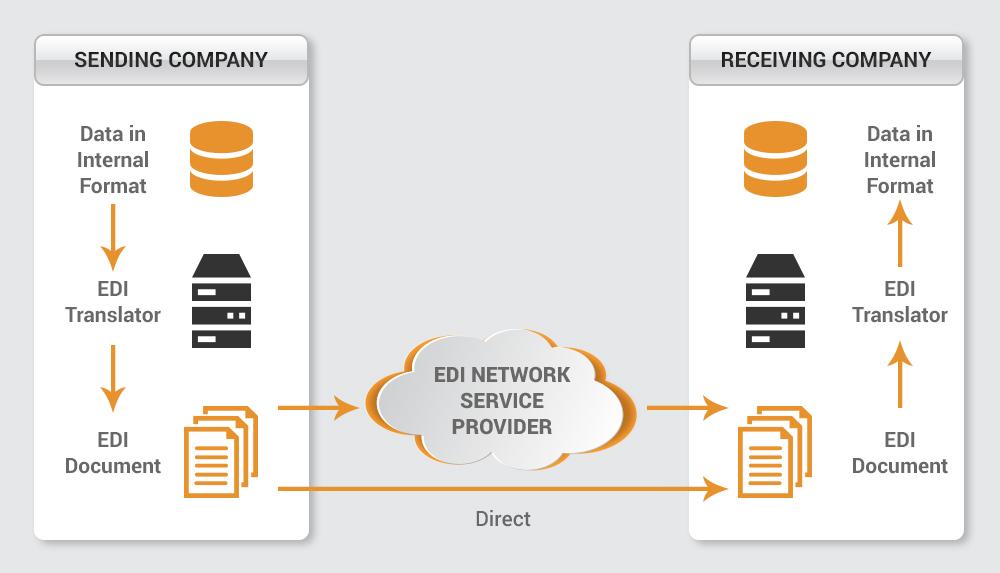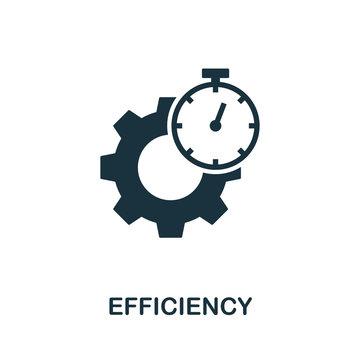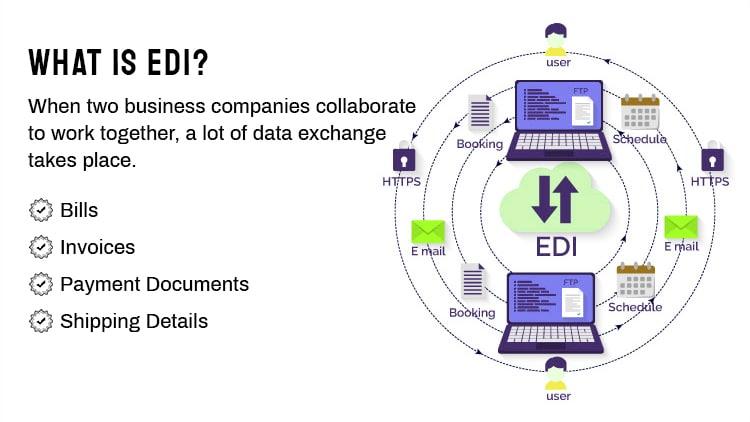In the fast-paced world of modern commerce, the seamless exchange of information is essential to the success of any organization. This is especially true in the realm of logistics, transport, and shipping, where precision and efficiency are paramount. Enter Electronic Data Interchange (EDI) Interchange, the digital lifeline that ensures the smooth flow of data between trading partners, enabling streamlined operations and enhanced communication. In this article, we explore the key role that EDI Interchange plays in revolutionizing the way goods are transported and shipped, and how it is transforming the logistics landscape as we know it.
EDI Interchange: Streamlining Communication in Logistics
Implementing Electronic Data Interchange (EDI) in the logistics industry has revolutionized the way businesses communicate and operate. By utilizing standardized electronic formats, such as EDI interchange, companies can seamlessly exchange important documents, such as purchase orders, invoices, and shipping notices, with their trading partners. This streamlined communication process eliminates manual data entry errors, reduces processing times, and increases overall efficiency.
EDI interchange in logistics also plays a crucial role in enhancing supply chain visibility and coordination. With real-time access to inventory levels, order statuses, and shipment tracking information, businesses can make informed decisions, improve customer service, and optimize their operations. By leveraging EDI technology, companies can eliminate paper-based processes, improve accuracy, and drive cost savings throughout the entire logistics chain.

Improved Efficiency and Accuracy Through Electronic Data Interchange
Electronic Data Interchange (EDI) is revolutionizing the way logistics, transport, and shipping industries operate. By utilizing digital technology to exchange documents and information between trading partners, EDI streamlines processes, improves efficiency, and enhances accuracy. With EDI, businesses can eliminate manual data entry, reduce errors, and speed up communication, leading to faster decision-making and increased productivity.
One of the key benefits of EDI interchange is its ability to automate repetitive tasks such as order processing, invoicing, and shipment tracking. By establishing standardized data formats and communication protocols, EDI enables seamless integration between systems, allowing for real-time information sharing and collaboration. With EDI, companies can achieve higher levels of accuracy in their transactions, minimize delays, and enhance customer satisfaction. In today’s fast-paced world, EDI interchange is essential for staying competitive and meeting the demands of the modern supply chain.

Maximizing Supply Chain Performance with EDI Interchange
One of the most effective ways to maximize supply chain performance is by utilizing Electronic Data Interchange (EDI) interchange. This technology allows for the seamless exchange of data between different partners in the supply chain, ensuring accurate and timely communication. By implementing EDI interchange, companies can streamline their processes, reduce errors, and improve overall efficiency.
- Enhance communication between suppliers, distributors, and customers
- Automate processes such as order processing, invoicing, and inventory management
- Reduce lead times and improve supply chain visibility
With EDI interchange, logistics, transport, and shipping operations can be optimized to meet the demands of today’s fast-paced supply chain environment. By harnessing the power of electronic data exchange, companies can gain a competitive edge and drive continuous improvement in their supply chain performance.
| Benefits of EDI Interchange | Impact on Supply Chain Performance |
|---|---|
| Improved accuracy | Reduces errors and delays |
| Enhanced efficiency | Streamlines processes and reduces costs |
| Greater visibility | Improves decision-making and planning |

Key Considerations for Implementing EDI Interchange in Transport and Shipping
Implementing Electronic Data Interchange (EDI) interchange in the transport and shipping industry requires careful planning and consideration. One key consideration is ensuring that all parties involved in the supply chain, including suppliers, carriers, and customers, are able to communicate effectively through EDI systems. This involves setting up secure connections, establishing data standards, and implementing appropriate protocols for transmitting and receiving electronic documents.
Another important consideration is selecting the right EDI provider that can meet the specific needs of the transport and shipping industry. It’s essential to choose a provider that has experience working with companies in this sector and offers features such as real-time tracking, automated notifications, and integration with existing systems. Additionally, companies should consider factors such as scalability, reliability, and cost when selecting an EDI provider to ensure a successful implementation process.
The Way Forward
As we navigate the complex world of logistics, transport, and shipping, one thing remains clear – EDI interchange plays a crucial role in streamlining operations and ensuring smooth communication between parties involved. By implementing EDI solutions, businesses can improve efficiency, reduce errors, and ultimately enhance their bottom line. It’s clear that EDI interchange is not just a passing trend, but a powerful tool that will continue to shape the future of the transportation industry. Stay connected, stay efficient, and stay ahead with EDI interchange.
